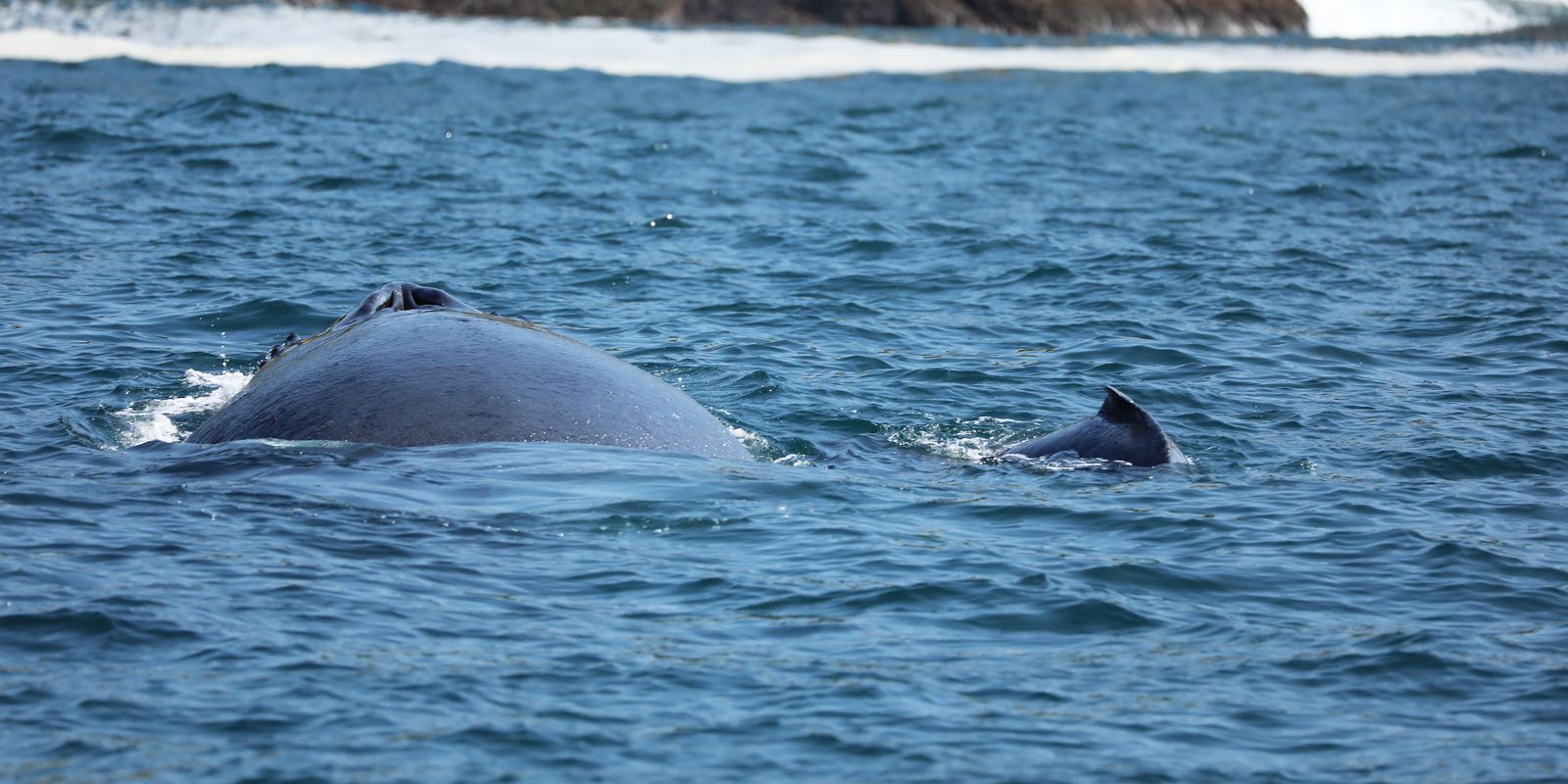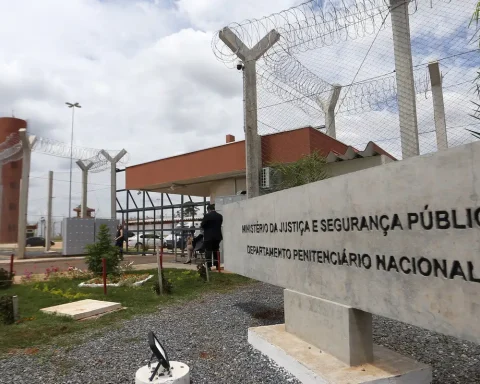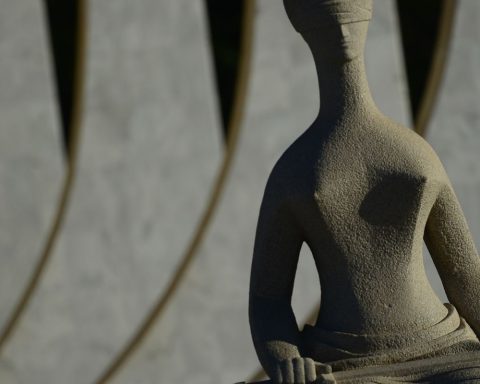More than 60 humpback whales have been sighted off the coast of Rio de Janeiro in the last two months. The coast of Rio de Janeiro is a migratory corridor, through which animals of this species pass annually, in the months of June and July. They come from Antarctica towards the breeding and breeding areas of the Brazilian Northeast.
Since last year, the migratory corridor has become the object of study of the Ilhas do Rio Project, which has been monitoring cetaceans for more than a decade, in and around the Cagarras Islands Natural Monument (Mona Cagarras) region.
According to the cetacean research coordinator of the Ilhas do Rio Project, Liliane Lodi, the number of occurrences of these whales in Rio de Janeiro has been increasing year after year.
“It’s a trend because the humpback whale population across the southern hemisphere is growing. This has been observed in Brazil and Australia, with the end of commercial hunting. The population is starting to recover and the number of whales is increasing.”
Cub
The expeditions carried out on the high seas by the team led by the Instituto Mar Adentro record the line of humpbacks heading to the Northeast Region and confirm the presence of the species on the coast of Rio de Janeiro.
In recent weeks, to the surprise of coordinator Liliane Lodi, an unprecedented record was made in the Mona Cagarras area: a humpback with a newborn calf, named Heloisa, in honor of the Girl from Ipanema, Heloisa Pinheiro.
According to Liliane, it is not possible to identify the sex of the puppies and, for this reason, the name chosen by the researchers is a mere joke: “it is a game that researchers play to name the animals”.
Liliane pointed out that the birth of a humpback in Rio de Janeiro’s waters is an indication that the coast of Rio de Janeiro could become a breeding area and create this species of cetacean, as well as Abrolhos, in Bahia.
Interaction with dolphins
The “migratory corridor” is still little studied in Brazil. On field trips in 2022, researchers spotted groups of up to seven animals 28 times. In one of the trips, a group with seven humpback whales was observed in association with 30 dolphins of the pilot type interacting peacefully.
The same happened in 2021, when 400 dolphins were seen with the humpbacks. “Even after so many years of research, it is always a very strong emotion to see these animals. It’s like it’s always the first time”, said Liliane.
Analysis of the photos showed that 18 individuals were individually identified this year through natural markings. The black and white color pattern of the lower region of the caudal fin is unique to each individual and works like a fingerprint or barcode. “In this way, the life history of these animals can be traced”, commented the researcher.
Continuity
The researchers will continue to monitor humpbacks, because research with these animals is long-term.
“The monitoring of the corridor will continue in 2023, because they are very long-term research. We need many years to have results, to see if the number has increased, if they continue to pass through the area or not. This needs to be monitored over the years.”
The researchers do not know where the whales return from breeding areas and breed towards Antarctica. “We only know when they are going up. When they are returning, they probably do so through very oceanic areas and very far from the coast, which do not involve our research area”. There are no records of these cetaceans descending from the Brazilian Northeast.
Study
For 10 years, the project’s researchers have been monitoring the patterns of occurrence, distribution, behavior and movements of cetaceans. The study has already recorded the occurrence of six species of cetaceans: humpback whale (Megaptera novaeangliae), Bryde’s whale (Balaenoptera brydei), southern right whale (eubalaena australis), orca (Orcinus orca), rough-toothed dolphin (Steno bredanensis) and flipper dolphin (Tursiops truncatus).
All these species are found on the coast of Rio de Janeiro, especially in Mona Cagarras and in the area between the bar of Guanabara Bay, beaches in the south, its islands and surroundings.
This region is recognized by the international alliance mission blue as a hope spot (point of hope). It means an area with great abundance and diversity of species, habitats or ecosystems, with rare, threatened or endemic populations that lack protection, as it constitutes a critical area for the health of the oceans.


















